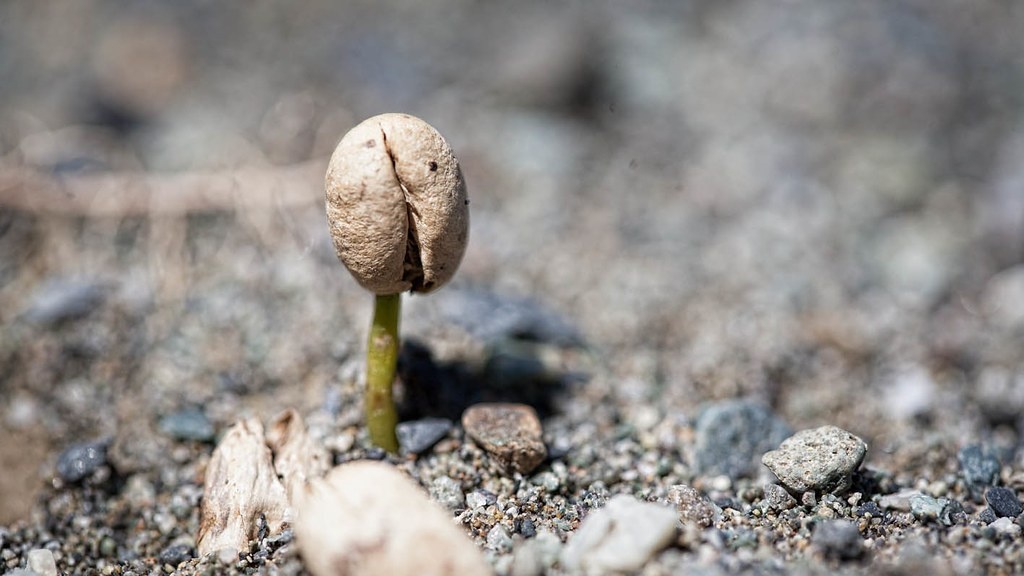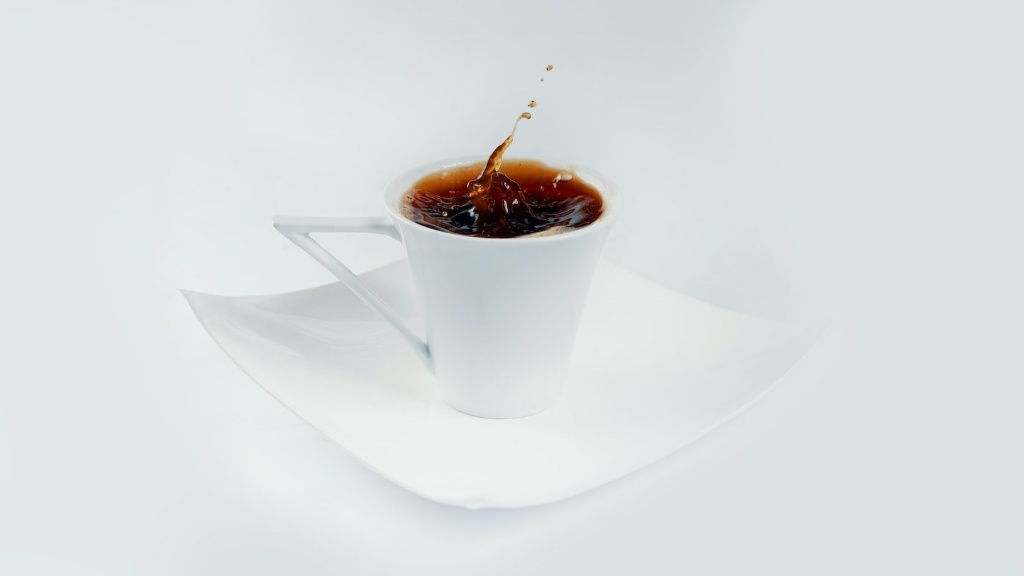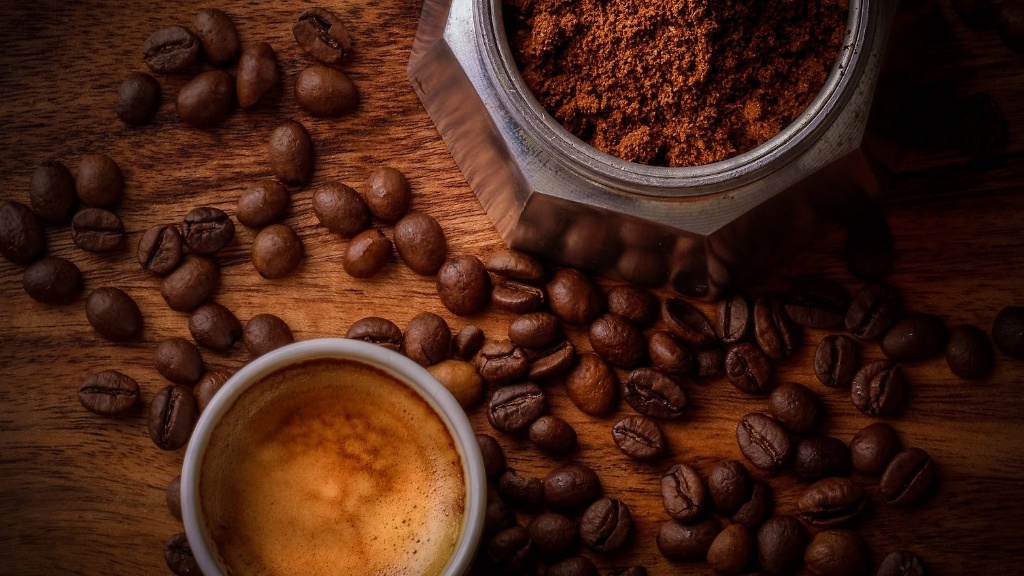How does Starbucks Decaffeinate Coffee?
At Starbucks, the process of decaffeinating coffee is an intricate and carefully monitored one. Through a combination of proprietary and scientifically backed methods, Starbucks is able to decaffeinate their coffee while preserving the unique flavors that make the coffee unique.
Decaffeination is achieved by drawing out the caffeine molecules without compromising the flavor or aroma of the beans. The process begins by soaking the beans in hot water which acts as a solvent and draws out the small molecules like caffeine.
Starbucks primarily uses the direct solvent process, wherein caffeine molecules are selectively pulled out of the beans with the aid of a liquid solvent such as methylene chloride or ethyl acetate.
The beans are then rinsed with hot water which disrupts the flavor and aroma molecules, allowing them to be extracted as well. Next, the beans are steamed to remove any residual solvent before being dried, sorted, and roasted.
The biggest benefit of Starbucks’ decaffeination process is that it creates a coffee that tastes nearly identical to its caffeinated counterpart. Starbucks’ process maintains the distinctive notes and flavour profiles that make each bean unique, and keeps the coffee from tasting bitter or stale.
The process also helps to reduce the amount of caffeine in the final product. While other decaffeination processes can leave up to 29 milligrams of caffeine in a serving of decaf coffee, Starbucks’ process is able to keep the levels below 15 milligrams.
However, the exact details of the process have remained a closely guarded secret. As a result, it can be difficult for consumers to assess the safety of Starbucks’ decaffeinated coffee.
Solvent Decaffeination Process
Solvent decaffeination is the most popular and widely used method for decaffeinating coffee. It involves soaking the beans in a solvent such as methylene chloride or ethyl acetate, which helps to pull the caffeine molecules out of the beans while preserving the flavor and aroma components.
After the beans are soaked, the solvent is rinsed away and the beans are steamed to make sure that any residual solvent is removed. The process is then completed by drying, sorting, and roasting the beans.
One of the main advantages of this method is that it preserves the unique flavor profile of the beans while still reducing the caffeine content. Furthermore, it is also a relatively quick process and the cost is low compared to other methods.
On the other hand, the use of solvents like methylene chloride or ethyl acetate has caused some concerns over safety. While the solvents are extensively tested and regulated in their use for decaffeinating coffee, some consumers may still prefer to opt for a decaffeinating method that does not involve solvents.
Carbon Dioxide Decaffeination Process
The carbon dioxide decaffeination process is a newer method that does not use solvents or chemicals to decaffeinate coffee beans. In this process, the beans are first soaked in water to draw out the caffeine molecules.
Then, the water is passed through a pressurized vessel that contains carbon dioxide in liquid form. Carbon dioxide is a natural solvent and is able to selectively pull out the caffeine, while leaving the flavor and aroma components intact.
After the caffeine is extracted, the beans are washed in fresh water and steamed to remove any residual carbon dioxide. The process is then completed by drying, sorting, and roasting the beans.
The biggest benefit of this method is that it does not involve any solvents or chemicals, thus making it a more natural process. Additionally, the process can be completed relatively quickly and the cost is much lower than other decaffeination methods.
However, the process has some drawbacks. For example, the flavor profile of the beans may be altered due to the high levels of pressure used in the extraction process. Additionally, the caffeine content may not be reduced to the same extent as other methods.
Swiss Water Process
The Swiss Water process is considered to be one of the most natural decaffeinating methods available. This process does not involve the use of any chemicals or solvents and instead uses water to selectively remove the caffeine from the beans.
The process begins by soaking the beans in hot water to draw out the caffeine molecules. The beans are then filtered out, leaving behind the caffeine-saturated water. Then, the water is passed through several filters that are designed to remove the caffeine molecules.
Finally, the beans are re-soaked in the clean water to replace the aroma and flavor components. The process is then completed by drying and roasting the beans.
The main advantage of the Swiss Water process is that it does not involve any chemicals or solvents, and is thus a more natural method of decaffeination. Additionally, the flavor of the beans is preserved, as the process does not involve any high levels of heat or pressure.
On the other hand, the process is relatively slow and can result in a less consistent flavor profile in the final product. Additionally, the caffeine content may not be reduced to the same extent as other methods.
Chemical Decaffeination Process
Chemical decaffeination is a process that involves the use of chemicals or solvents to selectively remove the caffeine molecules from the beans. The most common chemical used is acetone, although other solvents such as ethyl acetate may also be used.
The process begins by soaking the beans in the chemical solvent, which draws out the caffeine molecules from the beans. The beans are then rinsed with water to remove any residual solvent and the process is completed by drying and roasting the beans.
One of the main benefits of this method is that it is relatively quick and the cost is low. Additionally, the flavor profile of the beans is preserved, as the process does not involve any high levels of heat or pressure.
On the other hand, the use of chemical solvents has caused some concerns over safety. The solvents are extensively tested and regulated in their use for decaffeinating coffee, but some consumers may still prefer to opt for a decaffeination method that does not involve solvents.
Comparison
Each decaffeination method has its own advantages and disadvantages. Solvent decaffeination is the most popular method and is relatively quick and cost-effective. However, some consumers may be wary of the use of chemical solvents.
The carbon dioxide decaffeination process does not involve any solvents or chemicals, making it a more natural method of decaffeination. However, this process can be costly and the flavor profile of the beans may be altered due to the high levels of pressure used.
The Swiss Water process is considered to be the most natural method of decaffeination and does not involve any chemicals or solvents. It also preserves the flavor profile of the beans. However, this process can be slow and the caffeine content may not be reduced to the same extent as other methods.
Finally, chemical decaffeination is a quick and cost-effective method, but some consumers may be wary of the use of chemical solvents.





